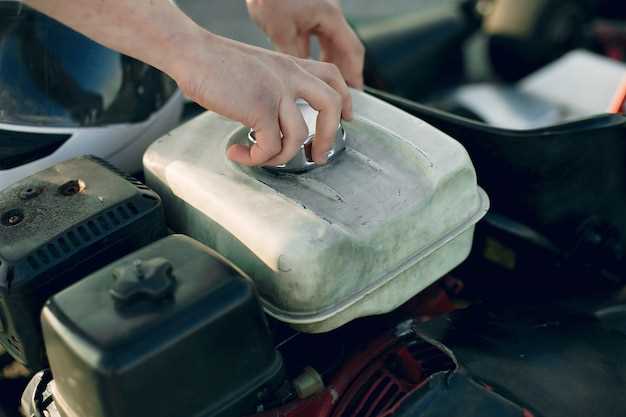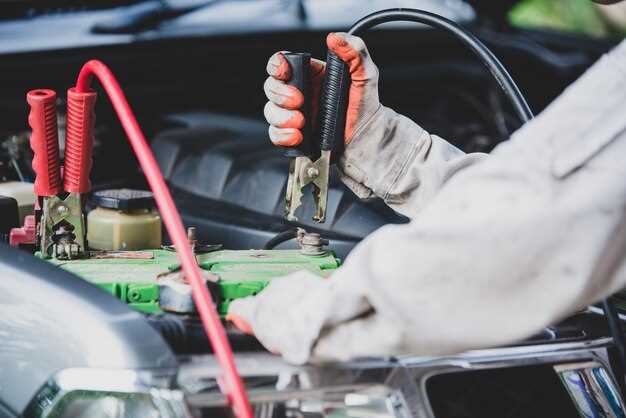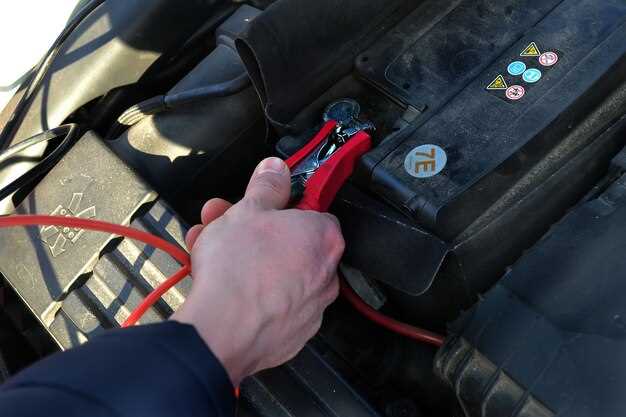
When faced with a dead battery, knowing how to properly jump your car can save you time and frustration. A failed battery can leave you stranded, but with the right techniques, you can quickly revive the power needed to get back on the road. This article focuses on the safest and most effective methods to jump-start your vehicle without causing further damage.
Before attempting to jump-start a car, it’s essential to understand the fundamentals of how batteries work and the potential risks involved. Each step in the process must be executed with care to prevent electrical hazards or battery damage. Properly connecting jumper cables and ensuring the right sequence can make all the difference in successfully reviving a dead battery.
This guide will cover step-by-step instructions for jump-starting a car, highlight important safety precautions, and provide insight into alternative solutions for situations when traditional methods may not suffice. By following this comprehensive approach, you can gain confidence in managing a dead battery emergency effectively and safely.
Choosing the Right Tools for a Safe Jump Start

When faced with a dead battery, having the right tools can make a significant difference in ensuring a safe jump start. The primary tool required is a set of jumper cables, which should be at least 4 to 6 feet long. This length allows for ample distance between the two vehicles while connecting the batteries. Opt for cables with a thick gauge to ensure they can handle the necessary current without overheating.
In addition to jumper cables, it is recommended to have a working flashlight in case you need to perform the jump start in low-light conditions. A flashlight will help ensure you can see connections clearly and work safely. Furthermore, having gloves can protect your hands from any accidental sparks or corrosive substances that may be present around the battery terminals.
If you find yourself frequently jump-starting vehicles, consider investing in a portable jump starter. These compact devices can provide a quick start without needing another vehicle, making them ideal for emergency situations. Ensure that the jump starter is fully charged and compatible with your car’s battery specifications.
Lastly, keep a pair of safety goggles in your toolkit. They can provide added protection against battery acid or potential sparks while connecting cables. Proper equipment is essential for a secure and effective jump start, enabling you to get your car back on the road safely.
Step-by-Step Instructions for Jump Starting Your Car
Before attempting to jump start your car, ensure you have a set of jumper cables and another vehicle with a functioning battery.
1. Position the Cars: Park the car with the good battery close to the car with the dead battery, ensuring both engines are off and the vehicles are in park or neutral with parking brakes engaged.
2. Open the Hoods: Open the hoods of both vehicles and locate the batteries. Identify the positive (+) and negative (-) terminals on each battery.
3. Attach Jumper Cables: Begin by connecting one end of the red jumper cable to the positive terminal of the dead battery. Next, connect the other end of the red cable to the positive terminal of the good battery.
4. Connect Negative Cable: Attach one end of the black jumper cable to the negative terminal of the good battery. Finally, connect the other end of the black cable to a stable, unpainted metal surface on the engine block of the car with the dead battery, away from the battery itself.
5. Start the Working Car: Start the engine of the vehicle with the good battery and let it run for a few minutes. This allows the dead battery to receive a charge.
6. Start the Dead Car: After a few minutes, attempt to start the car with the dead battery. If it doesn’t start, wait a bit longer and try again.
7. Disconnect Cables: Once the dead battery car starts successfully, carefully remove the jumper cables in reverse order: first the black cable from the engine block, then from the good battery, next the red cable from the good battery, and finally from the dead battery.
8. Let it Run: Keep the revived car running for at least 15-30 minutes to ensure the battery is charged sufficiently. Consider driving the car to keep the charging system active.
Common Mistakes to Avoid When Jump Starting a Battery

Jump starting a car can be straightforward, but several common mistakes can lead to safety hazards or damage to the vehicle. Here are key pitfalls to avoid when attempting to start a car with a dead battery:
- Incorrect Cable Connections: Failing to connect the jumper cables properly can lead to sparks or damage. Always connect the positive (+) terminal of the dead battery first, followed by the positive terminal of the working battery, then the negative (-) terminal of the working battery, and finally the negative terminal of the dead battery.
- Using Damaged Cables: Inspect the jumper cables before use. Frayed or damaged cables can fail to transmit power effectively and may pose a risk of electrical shock or fire.
- Not Referencing the Owner’s Manual: Car models may have specific jump-starting instructions. Always check the owner’s manual for guidelines to ensure you don’t inadvertently damage the electrical system.
- Neglecting Safety Precautions: Always wear safety glasses and gloves. This prevents injury from sparks and ensures protection from battery acid or other hazards.
- Attempting to Jump Start a Faulty Battery: If the battery is old or damaged, jump starting may not be effective. It’s crucial to assess the battery’s condition and consider replacement if necessary.
- Revving the Donor Car’s Engine: Revving the engine of the donor car while connected can lead to over-voltage. Instead, let the donor car idle while giving the dead battery time to charge.
- Disconnecting in the Wrong Order: Always follow the correct disconnection order: start with the negative cable from the dead battery, then the negative from the donor car, followed by the positive from the donor car, and finally the positive from the dead battery.
Avoiding these mistakes can help ensure a smooth and safe jump start process, preventing potential damage to both vehicles involved.




